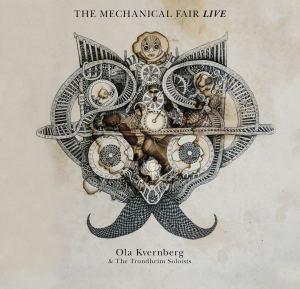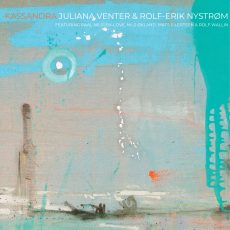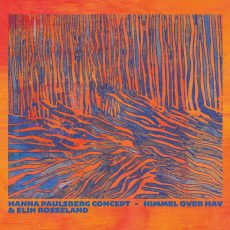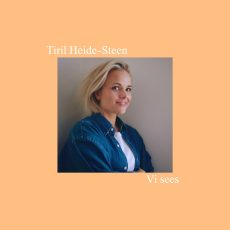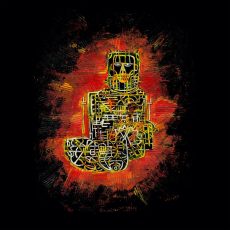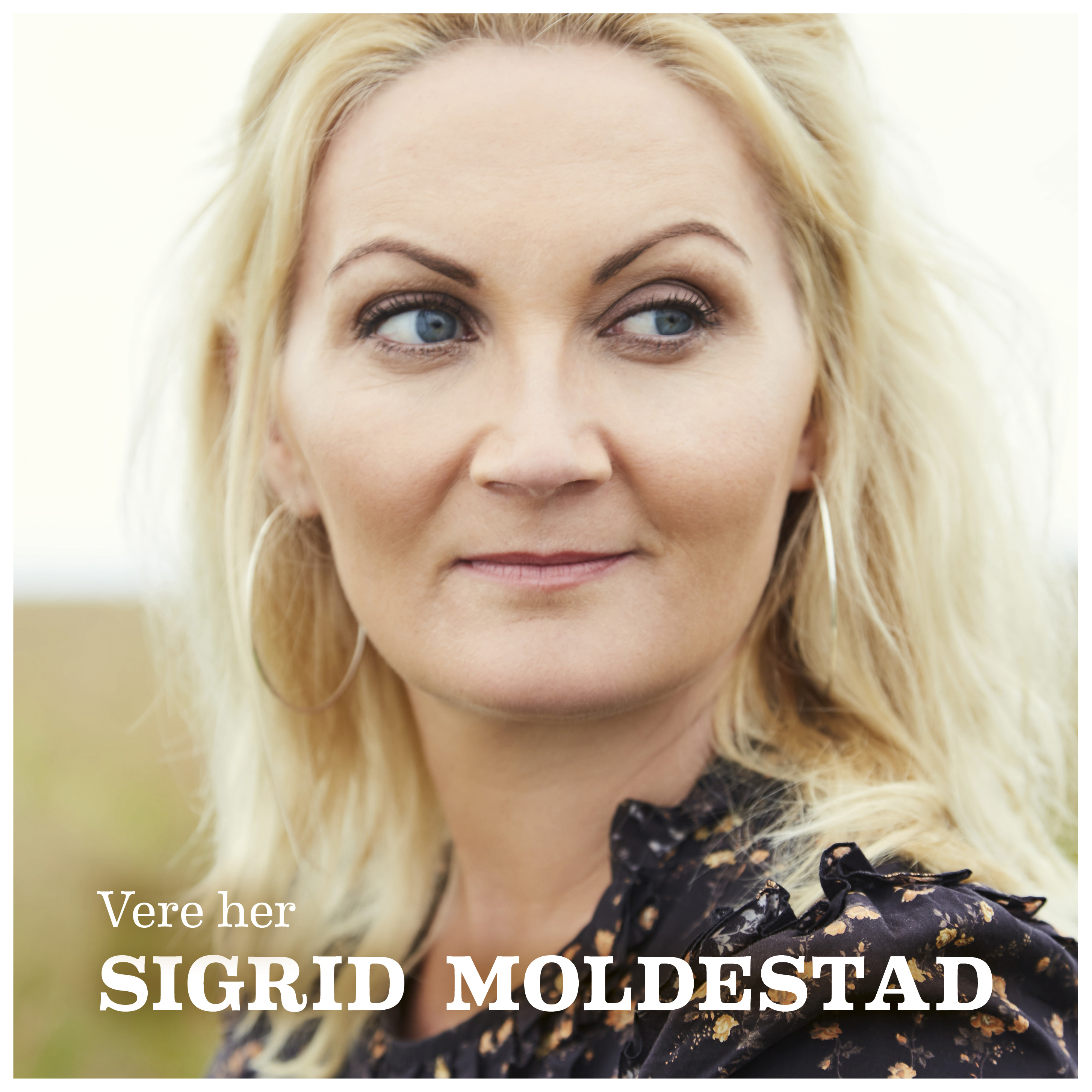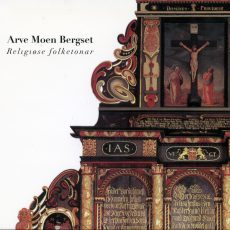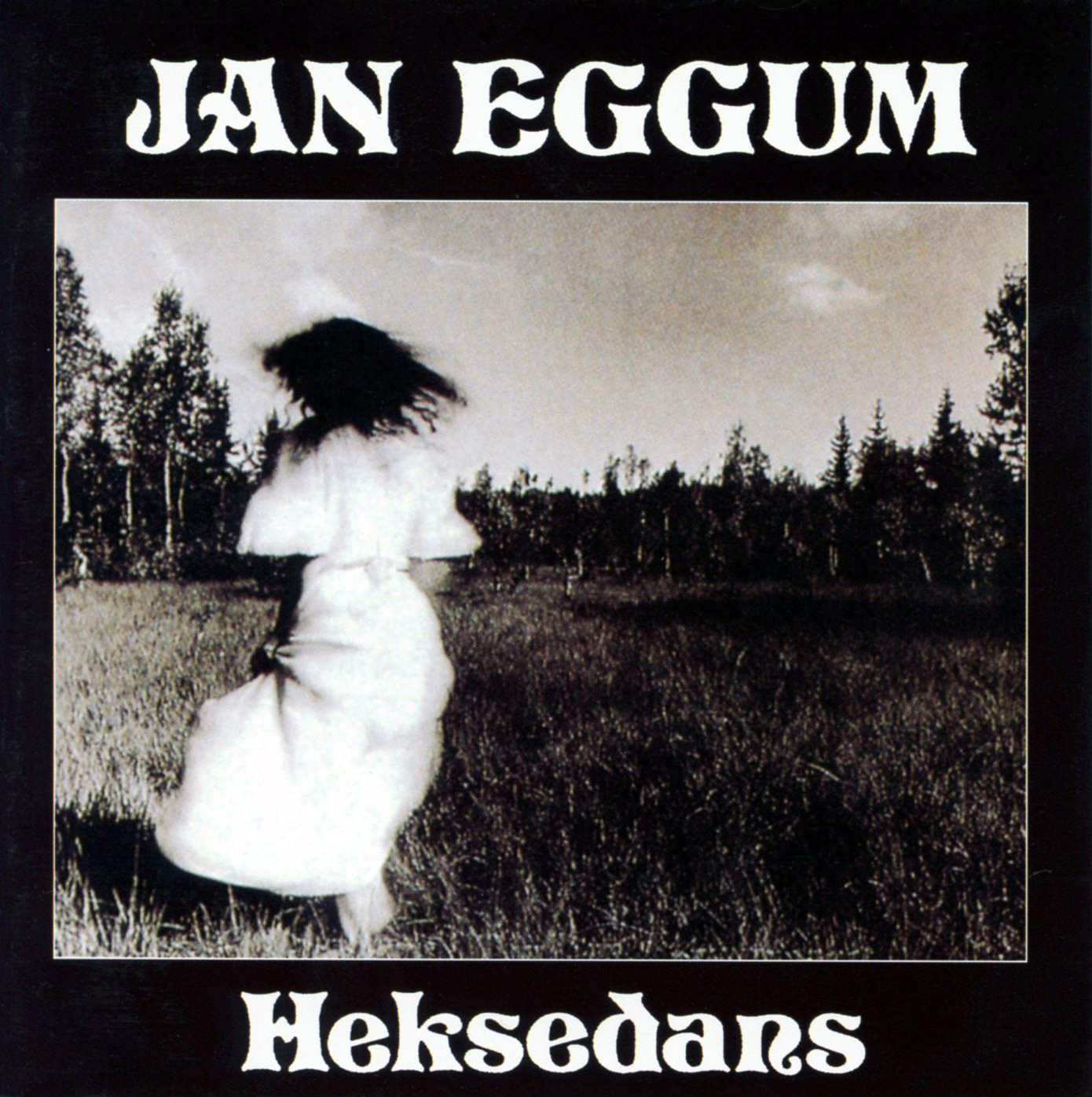Ola Kvernberg’s Steamdome was for at least one listener the most sensationally visceral album to come his way during 2018. Part future-jazz, part EDM, part avant-rock, part contemporary-classical, wrap-around shamanistic. It was Kvernberg’s follow-up to 2014’s The Mechanical Fair, which has now been issued in an extensively recalibrated version recorded live at the Molde International Jazz Festival in 2016.
Megalomaniac
In the press pack sent out with Steamdome, Kvernberg called the album “brazen.” Does he have a one-word description for Live?
“Megalomaniacal,” he says with a smile. And certainly, Kvernberg’s pursuit of the perfect rendering of the suite was single minded, long drawn-out and subject to much revision. Premiered in 2013, the work went through a quintet version, a with-strings version, the 2014 album version and further versions with incrementally expanding line-us, before finally arriving at the incarnation heard on Live. “Molde felt like the first time we managed to do it in its entirety,” says Kvernberg. “Without any compromises being made for budget reasons or because of insufficient rehearsal time. So maybe ultimate is the best word.”
Whatever word you choose, the new album defies categorization. “Nothing makes me happier than the lack of genre-specific stickers,” says Kvernberg. “But the world loves labels, right? So I was fooling around with calling it ADM, acoustic dance music… Composing it was also the first time I went full-on with my film scoring methodology only without an actual film, just with an imaginary storyline.”
The suite is a long way from Kvernberg’s first forays into music. Brought up in a family which had been involved in Norwegian folk music for several generations, he took to jazz in 1997. His breakout album was Hot Club De Norvege featuring Ola Kvernberg in 2000. As the name suggests, Hot Club De Norvege was inspired by Stephane Grappelli and Django Reinhardt’s work with the Quintette du Hot Club de France in the 1930s, the default portal for violinists wanting to get involved in jazz.
You can imagine that a second entry point could have been Ornette Coleman. Coleman’s violin playing might not have been to everybody’s taste (after hearing him in a New York club, Miles Davis asked, “Why don’t you get yourself a fiddle player?”) but Kvernberg’s bitter-sweet melodicism resonates with Coleman compositions such as “Lonely Woman.”
On The Mechanical Fair Live, Kvernberg is also heard on viola. Few serious violinists are violists, and few serious violists are violinists. How come Kvernberg made the leap? “I’ve been playing violin since I was three years old,” he says. “I discovered the viola around 2010, and since then it’s been my other big love. As a jazz player, finding it was a revelation. Its range is a lot closer to the tenor sax, while the violin is more like the soprano or sopranino sax. But it’s not just about pitch. The viola’s timbre means it’s often easier to blend into the rest of the music. It’s a very between-the-lines, ensemble-friendly instrument. But when you need to stick your head out and blast through a wall of sound, the violin is better.”
No written music on stage
In his liner essay – which includes an evocative passage about listening to The Mechanical Fair while driving alone for hours through a forest at night – photographer André Løyning notes that it was important to Kvernberg that there would be “no written music on stage.”
Given the complexity of the score, and Kvernberg’s “megalomaniacal” pursuit of its perfect realisation, this presents a challenge for musicians. But there are excellent precedents, among them Sun Ra, who also knew exactly how he wanted his music to sound. Ra drilled the Arkestra for hours, day in, day out, so that every detail of his arrangements was etched in the musicians’ minds – achieving a level of retention as deep as the muscle memory ballet dancers acquire through repeated rehearsals.
“The single most important thing when playing music is ownership of it,” says Kvernberg. “The performer must fundamentally believe in every single note he or she is playing. This boils down to internalising the music. It’s way beyond mere memorization, it’s until you don’t think about the rights and wrongs anymore.” Accordingly, the core band at Molde performed without scores.
Aside from the arrangements on The Mechanical Fair Live, something else that distinguishes it from the 2014 studio version is the audio mix, which is Kvernberg’s first. “It was a big project for me,” says Kvernberg. “Not just because there were more than 120 audio tracks, but because my previous go-to mixer was Morten Stendahl, a true sonic scientist. Plus there was a Todd Terje remix [from the studio recording]. So there was plenty to live up to.”
Which Kvernberg totally does. The Mechanical Fair Live is entrancing, a delight from composition through performance to post-production. For at least one listener, it may well turn out to be the most transporting album to come his way in 2019.










